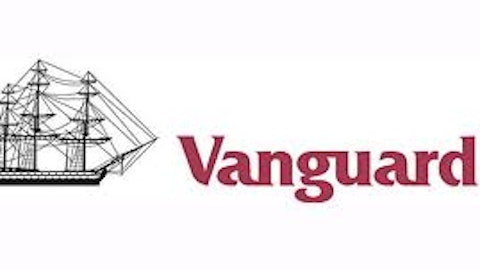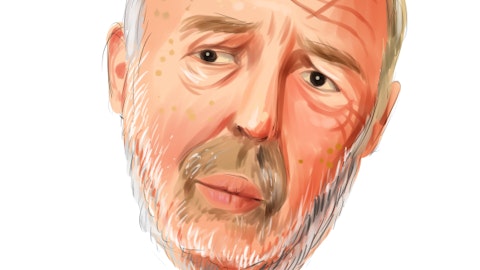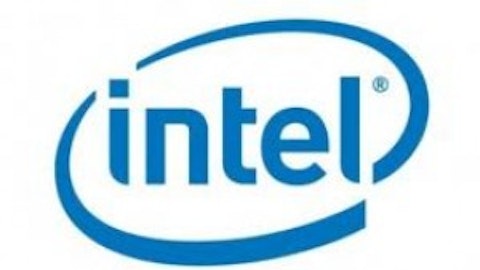At the start of every new year I like to read sell-side research from big banks, such as JPM or Credit Suisse. I have taken lots of ideas and insights from those reports in the past years. In this post I highlight 10 top macro questions and answers from JPMorgan Research. Here are the top macro themes:
1) How big a battle will the “debt ceiling cliff” wind up being? Probably pretty large. Assuming the “mini-deal” gets through Congress sometime Mon night (12/31) or Tues morning (1/1), the “fiscal cliff” debate will have been essentially broken into two separate pieces with this last-minute round of talks focused only on tax matters. The harder negotiations will happen in Q1 of 2013 when Republicans will likely demand further spending cuts (and entitlement changes) before countenancing a higher debt ceiling. Note that both sides appear to be digging in for a fight already – Obama on Fri said he would be asking for more revenues (on top of the $600B included in the “mini-deal”) as part of any broader deficit reduction package. From National Journal: “The fiscal cliff is not just one mountain but a series of hills that the country will face over and over again in the coming months. If you thought Washington acted in a dysfunctional manner now, just wait”.
2) When does Obama name the rest of his new cabinet? Markets care most about Treasury and while the press continues to point to Jack Lew as being the lead candidate to replace Geithner other names have been floated (inc. AXP CEO K Chenault). As for Defense, Chuck Hagel appears to be the favorite although his name has resulted in some pockets of pushback in Congress.
3) Does the Fed ever buy less than $85B worth of assets during a month in 2013? One of the notable characteristics of the recent Fed decision is to shorten the QE commitment period to only one month (vs. the prior rounds of purchases where the Fed revealed its plans for months in advance). The Fed tied ZIRP to UR (6.5%) and inflation (2.5%) but not QE and Bernanke in the most recent press conf suggested the bar for adjusting the purchase pace would be lower than for adjusting the Fed Funds rate.
4) When does speculation start to heat up around Bernanke? According to press reports the Fed chairman doesn’t want to serve beyond his current term, which ends in Jan 2014. Sometime in the next few months speculation around possible replacements will heat up and many assume current Vice Chairman Yellen is the lead candidate to replace him.
5) Does the OMT ever buy a bond? Yes. Does it need to make any purchases to stay credible? No. One of the most remarkable characteristics about the ECB’s OMT is the fact it has never actually been used but at some point markets may want to actually see the facility in action in order for the European calm to continue. More than any single macro event in 2012, the OMT (first introduced by Draghi during a speech in Jul) has played the largest role in stabilizing global financial markets these last few months (and earned Draghi the “Person of the Year” award from the FT).
6) Who will be the first country to activate the OMT? Ireland. Markets had assumed Spain would be the OMT’s first customer although that distinction may go to Ireland. The country’s PM recently said he intends on exiting its current bailout next year by returning fully to int’l bond markets by the second half of 2013, making it eligible for OMT bond purchases. As for Spain, while spreads over German bunds remain wider than Madrid would like the country has been able to fund itself and the recent liquidity injection into the country’s banking system could create more sovereign demand into 2013.
7) Does Europe stay calm throughout the Italian political transition? Yes. One of the biggest fears heading into 2012 was Hollande’s new government in France and whether he would markets to lose confidence in Paris just as they had in Madrid, Rome, and others. However, the transition from Sarkozy proved relatively seamless (from the perspective of financial markets) and investors are therefore increasingly sanguine w/the upcoming Italian turnover. Mario Monti, the current premier, could still run for PM although reports lately suggest he is more likely to be president or provide the platform for a new party instead of actually leading the next government. Key dates to watch: Monti’s year-end press conf (this Sun Dec 23) and the election date (likely Feb 24).
8) Do the improved Eurozone financial market conditions translate into better economic growth for that region? Eventually. Sentiment around sovereign markets in Europe has improved remarkably since the Jul “bumblebee” speech but economic data hasn’t improved all that much. The consensus view is for GDP growth to start turning positive by Q3:13.
9) Is this time different in Japan? For the second time in 2012, sentiment is becoming increasingly upbeat on Japan. The incoming PM (S Abe) has adopted aggressive rhetoric around fiscal and monetary policies, pledging to end the country’s years-long deflationary spiral and generate material nominal GDP growth. Whereas the “big bang” monetary blitz of Feb wound up petering out after a few months investors anticipate more follow through this time around given the new government and the likely new central bank governor. A 2% inflation goal combined w/massive asset purchases (inc. of both yen and non-yen denominated securities) could result in “this time being different”.
10) Israel/Iran – will chatter around a possible nuclear strike on Iran’s nuclear facilities rise again following the Israeli elections? Fears of a military conflict in the Gulf have quieted these last few months as Israel and the US both focused on internal political matters. However, the US elections have occurred and Israel will head to the polls soon (Jan 22). If the present sanctions are judged to be ineffective and talks between Tehran and int’l powers fail to make progress, rhetoric around a military solution will likely heighten (Iran and the IAEA will next hold talks Jan 16). Note that Iran has apparently been sending signals behind the scenes of its desire to strike some type of a nuclear compromise






